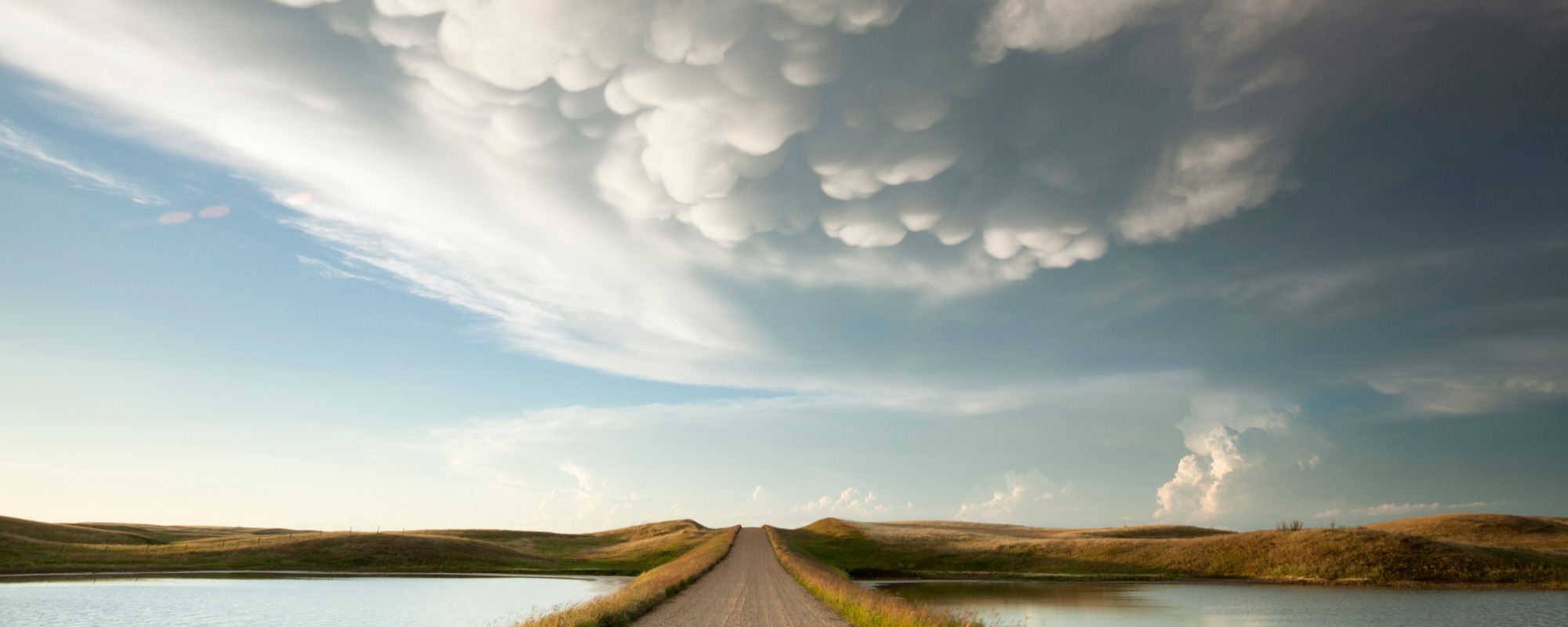Get updates from The Developer straight to your inbox Yes, please!
“When the places that made us are no longer made by us, how do we continue as an 'us'?” Omeasoo Wahpasiw
For the positive human need for identity, space and place matters, not only how it’s designed, but more importantly who designs it and who builds it, says Dr. Omeasoo Wãhpãsiw

“S paces matter because they determine how we will live our lives,” says Dr. Omeasoo Wãhpãsiw in her talk for at the Festival of Place, now available on The Developer Podcast.
Through her academic work on indigenous architecture, Wãhpãsiw describes how the architecture of spaces such as teepees and their location dictate whether families can continue their matriarchal, egalitarian tradition or even whether traditional ceremonies can take place.
Wãhpãsiw also points out that the erasure of indigenous architecture can be misconstrued as the erasure of the intellectual tradition, philosophies and the identity itself.
“Built spaces are important signifiers to outsiders; much like they were to early explorers and anthropologists, among their first comments are always the appearance of indigenous architecture.
“People in power like to think that what they don’t see, doesn’t exist,” she says, telling the story of a boyfriend who claimed she was not indigenous because she didn’t live in a teepee or wear moccasins. He asked, “How was I any less white than he was?”
Listen to the interview
The erasure of indigenous architecture by colonialism did not eliminate identity – “I hold within me an intellectual tradition,” Wãhpãsiw says.
“Regardless of the colonialism that erased indigenous architectural traditions from the landscape, indigenous worldviews, philosophies, life ways and expectations around what life is for and what it should be still persist.
“All of these experiences percolated into my academic work. I wanted to know how indigenous peoples maintain traditions when so much has been taken away.
“We no longer live in teepees [which featured on them] representations of how our families are supposed to operate.”
“When the places that made us are no longer made by us, how do we continue to be an ‘us’? When the places that made us distinct individuals, and that we made into distinct places, are no longer reflective of our collective psyche, do we retain the world view that was built by that environment?
“How do we retain uniqueness and diversity as community strengths?
--
Sign up to our newsletter to receive our content in your inbox and find out when new episodes go live
This week’s episode of The Developer Podcast was recorded at the Festival of Place. Our next event, Festival of Place: Social Impact takes place from 22-26 March 2021 and you can buy your ticket here
Sign up to our newsletter
Get updates from The Developer straight to your inbox
Thanks to our organisation members
© Festival of Place - Tweak Ltd., 124 City Road, London, EC1V 2NX. Tel: 020 3326 7238
